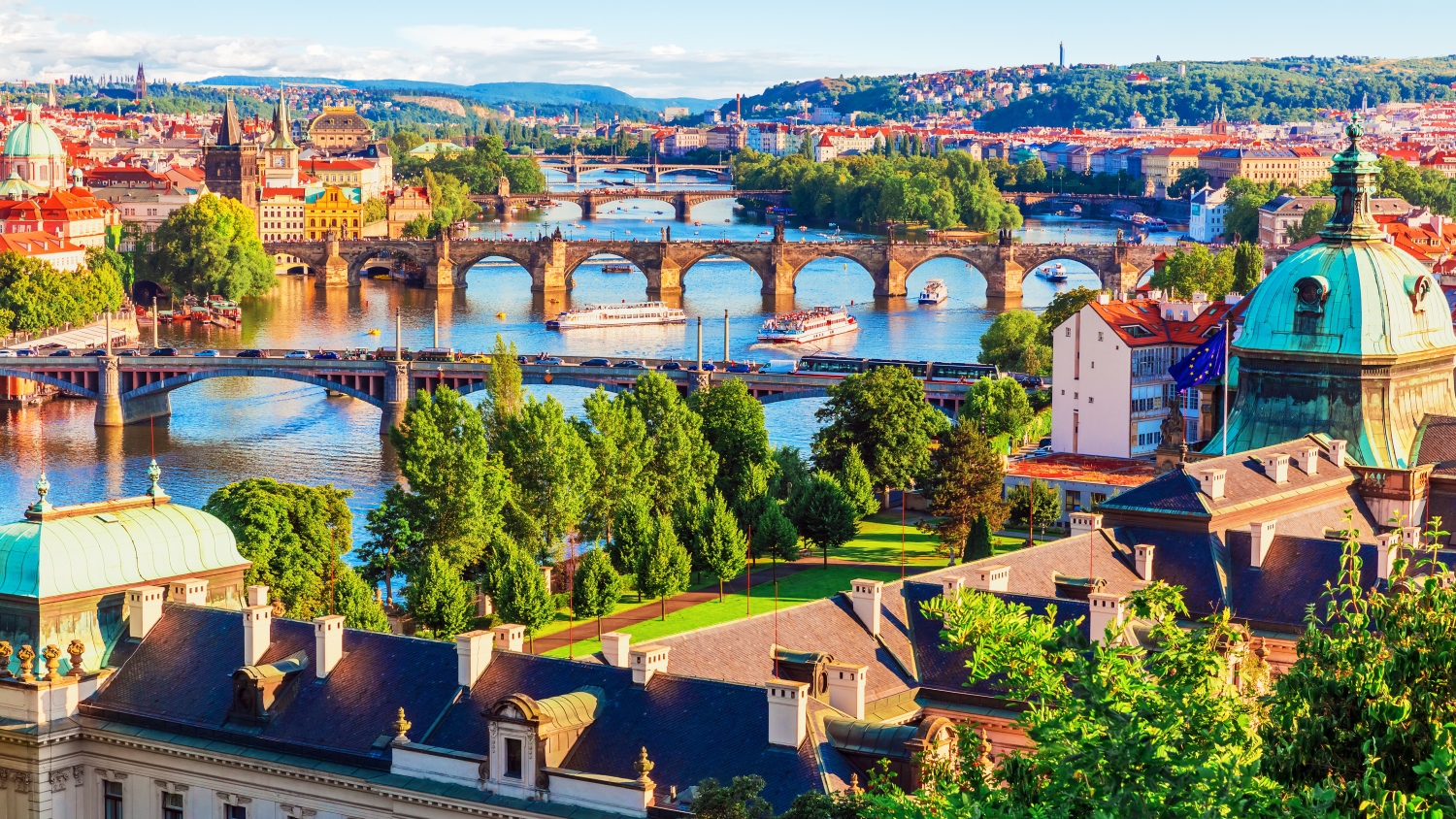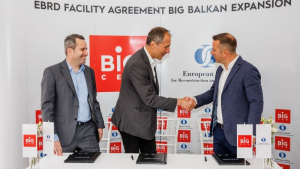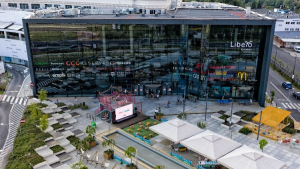Unlike 2016 H1 which was not too favourable for Poland experiencing only €4 million total investment volume, this year it is so far the best performing CEE country both in terms of investment volume and number of transactions, accounting for €350 million with 16 transactions. The Czech Republic reached after Poland the second largest investment volume of €165.5 million with 6 transactions. This represents a slight decrease of 5 % from the H1 in 2016 when the investment volume was approximately €174 million. Despite that, the Czech market saw the largest transaction in CEE, the acquisition of Marriott Hotel in Prague that sold at the price of approximately €90 million in April 2017. The third best results had Hungary accounting for €99.3 million, over three times more than last year during the same period. A sharp decline was recorded in Austria, which decreased in volume by around 80 %, mostly due to an exceptionally strong 2016 that included the sale of Hilton Vienna and Imperial Vienna. Bulgaria, Romania and Slovakia accounted only for 3.2% altogether in terms of transacted volume in the CEE region.
“Increasing interest in the region by both local and international investors was particularly visible in the CEE tourism and hospitality industry, which caught investors’ attention by generating strong income returns. This has been of great importance in initiating a virtuous circle of investments, which had a positive impact on initial yields in the past few years, particularly in capital cities – such as Budapest, Prague and Warsaw. Regional cities are now starting to benefit from the positive cascade effect and we see interest in these markets growing,” says David Nath, Head of CEE Hospitality at Cushman & Wakefield.
All key performance parameters including average daily rate (ADR) and revenue per available room (RevPAR) have been steadily growing over the past 4 years. The reason behind this is the increasing number of tourists choosing CEE destinations for their holiday - especially Prague is seen as one of the safest destinations in the Word - and the healthy business demand. Hence occupancy rates are currently at their peak, reaching 69.2% on average in the first half of 2017 up from 66.8% in the same time in 2016. As demand soars, average daily rate also increase, having a positive impact on the bottom line. The average daily rate reached €79.52 up from €75.49 in the first half of 2016. Bulgaria, Czech Republic, Hungary, and Slovakia achieved double-digit growth and Belgrade was among the top 5 European markets in terms of RevPAR percentage growth. It has to be taken into the account that it compares only the first half of the years 2016 and 2017, which do not capture yet the whole summer and Christmas season. Therefore, numbers like ADR and Occupancy rate are lower than when comparing full years. However, already from the comparison of the first halves of years 2016 and 2017, an improvement in performance is already visible.
“The hotel transaction volume in the CEE region has seen stronger growth compared to more established markets in Western Europe partly due to the high income returns. Moreover, the scarcity in development opportunities in more mature CEE markets allows for a further increase in ADR, promising to generate even higher income return for investors in the future.” says Frederic Le Fichoux, Head of Hotel Transactions - Continental Europe.




